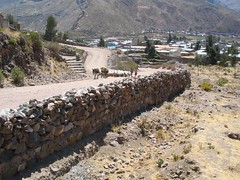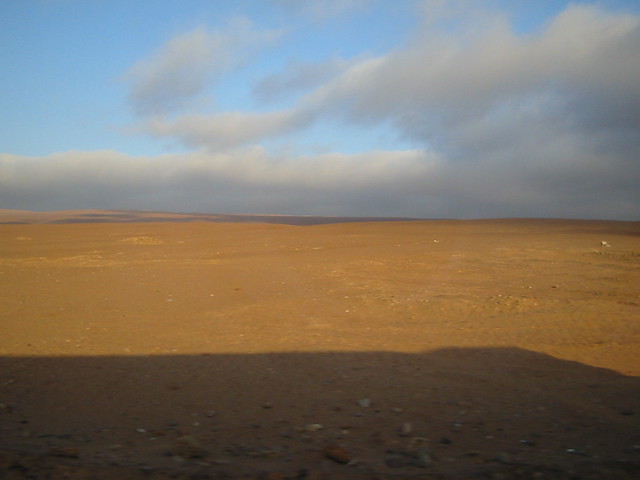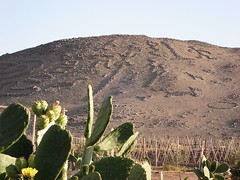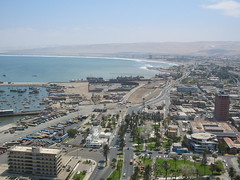At the station in Arequipa, few travelers mingle with the multitude of people who return to their villages of origin, after a visit to relatives in town or after a day’s work. They are natives who go in many small pueblos that dot the Andean valleys. We follow a similar route and head to the Colca Valley, we cross lands lashed by a cold wind, the Andean paramo and steps that reach 5000 meters. We are surrounded by pastures, flocks of llamas and alpacas and meager huts of Aymara farmers who live following their animals in the perpetual movements in search of forage. The nomadic life. We arrive in Chivay, a village at the mouth of the Colca Valley, where the atmosphere is extremely quiet and where there are still strong ties with ancient life styles. To prove it, a subtle distrust that local people show towards us. Time seems to be suspended in this valley, the life cycle chases the sun and the technology did not upset this delicate balance with the electricity. Chivay is situated about 3800 meters above sea level and that in itself would be enough to make life tough: the soroche, as it is defined in the local language altitude sickness, relentless strikes those who are not born to such a life. The children are curious along the paths that lead to their huts outside the village, bringing with them some animals, often sheep or alpacas. This is their daily task, instead of the school. They smile. On the slopes of the mountains surrounding the valley, looking carefully, you can see disparate groups of vicunas, the only species of Andean camelid that has not agreed to be domesticated and continues his lonely existence in the most inaccessible places in the Andean cordillera. Higher up, in the clear sky of the morning, sail unperturbed rare condors of the Andes, the real rulers of this majestic paradise. In Pinchollo, faded images of a distant past resurface in the timid glances of the people, and they tell us …
“I was chewing coca four years old
alpacas were faster than me
I was still chewing coca ten years old
the ground was harder than I
I was still chewing coca twenty years old
the children were crying louder than me
Now I am almost thirty years old
and I continue to chew coca
because my children have left
but I was too sad wherefore
death would take me too
and time to weep
Here on the plateau, there is none”







